The Hidden Engines of Crypto Innovation
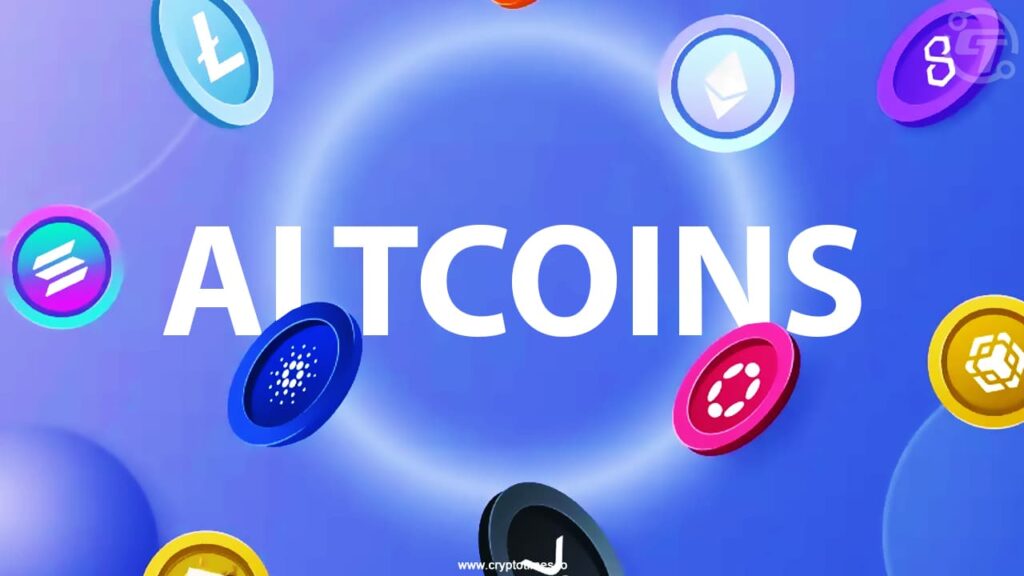
In the digital currency ecosystem, one term often floats below the radar of mainstream buzz: Altcoins. While Bitcoin enjoys the spotlight, it’s the altcoins that are quietly transforming industries, solving real-world problems, and redefining what’s possible in finance, gaming, art, and beyond.
As we step deeper into 2025, it’s clear that altcoins are no longer just “alternatives”—they’re foundational to the blockchain economy. Let’s explore what altcoins are, why they matter, and how they’re shaping the future.
💡 What Are Altcoins?
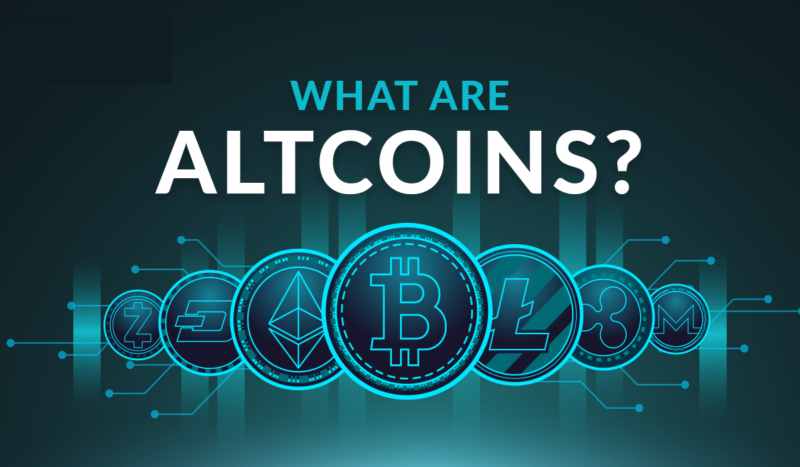
At their core, Altcoins are any cryptocurrencies that are not Bitcoin. Think of Bitcoin as the original prototype — digital gold. Altcoins, meanwhile, represent thousands of experiments, each with unique goals, architectures, and communities.
Some aim to be better versions of Bitcoin, others build platforms for apps (like Ethereum), while some are focused on privacy, governance, or niche ecosystems like gaming and AI.
📚 Brief History of Altcoins

- 2011–2013: Early forks like Litecoin and Namecoin attempted to tweak Bitcoin’s design.
- 2015: Ethereum launched, introducing smart contracts and opening the floodgates for decentralized apps (dApps).
- 2017: The ICO boom brought hundreds of new altcoins—many of which faded quickly.
- 2020–2022: DeFi and NFT ecosystems fueled new waves of innovation.
- 2023–2025: Focus shifted to modular chains, real-world asset tokenization, and AI-integrated altcoins.
🛠️ Key Use Cases of Altcoins
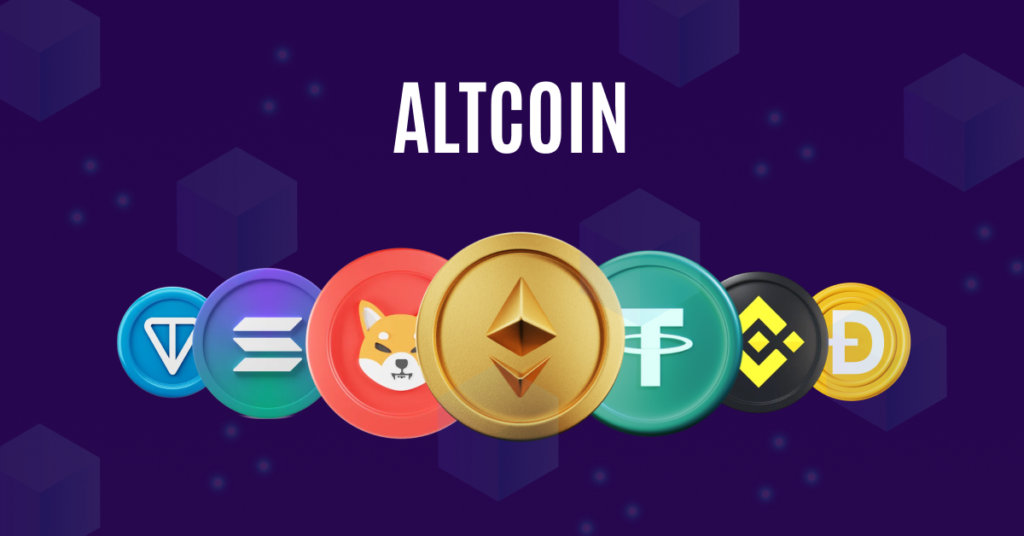
Unlike Bitcoin, which serves primarily as a store of value, most altcoins are purpose-driven:
1. Smart Contracts & Decentralized Apps
- Ethereum (ETH), Solana (SOL), and Cardano (ADA) support programmable logic for dApps, DeFi, DAOs, and NFTs.
2. Decentralized Finance (DeFi)
- Coins like Uniswap (UNI) and Aave (AAVE) power peer-to-peer lending, yield farming, and on-chain trading without intermediaries.
3. Privacy Protection
- Monero (XMR) and Zcash (ZEC) focus on anonymous transactions—crucial in a surveillance-heavy world.
4. Interoperability
- Polkadot (DOT) and Cosmos (ATOM) are solving blockchain isolation by allowing chains to talk to each other.
5. Real-World Assets (RWA) & Tokenization
- Protocols like Centrifuge are bringing real estate, invoices, and bonds to the blockchain.
🔍 How Altcoins Differ from Bitcoin
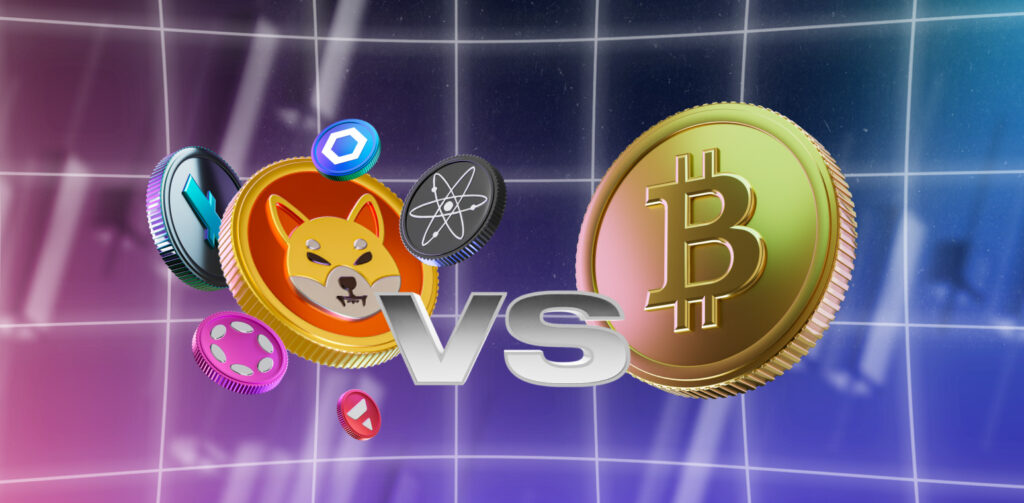
| Feature | Bitcoin | Altcoins (General) |
| Primary Role | Store of value | Varied: platforms, privacy, DeFi, etc. |
| Technology | Relatively static | Frequently upgraded |
| Transaction Speed | ~10 minutes | Seconds to milliseconds |
| Supply Cap | Fixed (21M) | Varies by project |
| Risk Profile | Lower volatility | Higher risk/reward potential |
📈 Trends Defining Altcoins in 2025

2025 is a pivotal year for altcoins. Here are 5 major altcoin trends dominating the space:
🔗 1. Modular Blockchain Design
Blockchains like Celestia and EigenLayer are separating consensus, execution, and data availability for ultra-scalable networks.
🧠 2. AI-Driven Protocols
Altcoins powering decentralized AI (e.g., Fetch.ai, Ocean Protocol) are trending as demand for data marketplaces and edge AI grows.
🏦 3. Institutional Adoption of Compliant Coins
Security tokens and compliance-friendly chains like Quant (QNT) and XDC Network are attracting banks and governments.
🎮 4. Web3 Gaming Tokens
Coins such as IMX, GALA, and RON are leading the charge in blockchain-powered gaming economies.
🌍 5. Green Blockchain Projects
Eco-conscious blockchains like Chia (XCH) and Algorand (ALGO) appeal to sustainability-driven developers and investors.
⚠️ The Flip Side: Risks of Altcoins
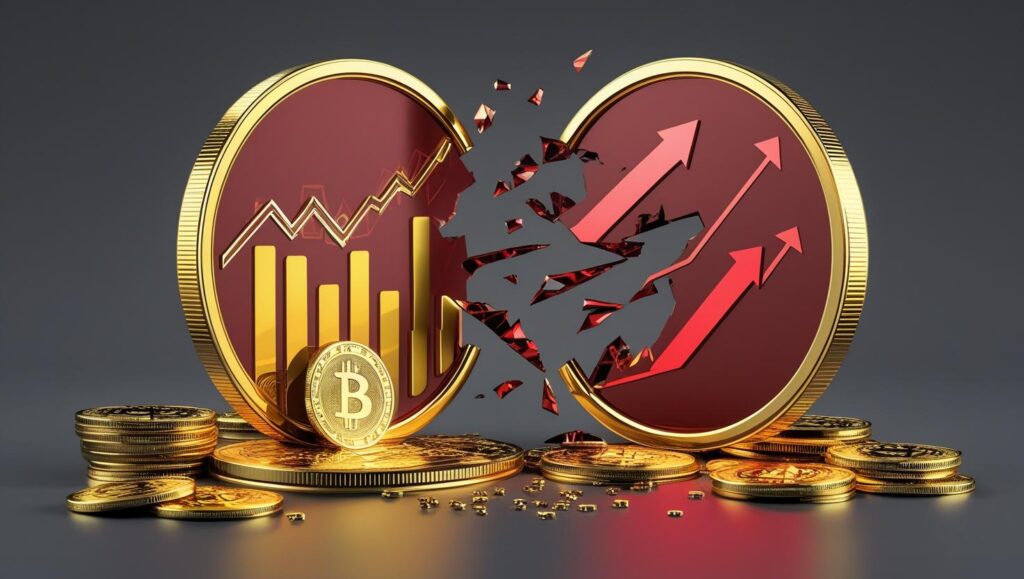
Altcoins offer immense potential—but risk is baked into the system. Be cautious of:
- Low Liquidity – Some altcoins are thinly traded and prone to manipulation.
- Pump-and-Dump Schemes – Many meme coins skyrocket only to crash days later.
- Poor Tokenomics – Watch for high inflation rates or centralized token supply.
- Unproven Teams or Tech – Rug pulls and exploits are still common.
Pro Tip: Always check audits, whitepapers, and token release schedules before investing.
🧭 How to Evaluate an Altcoin
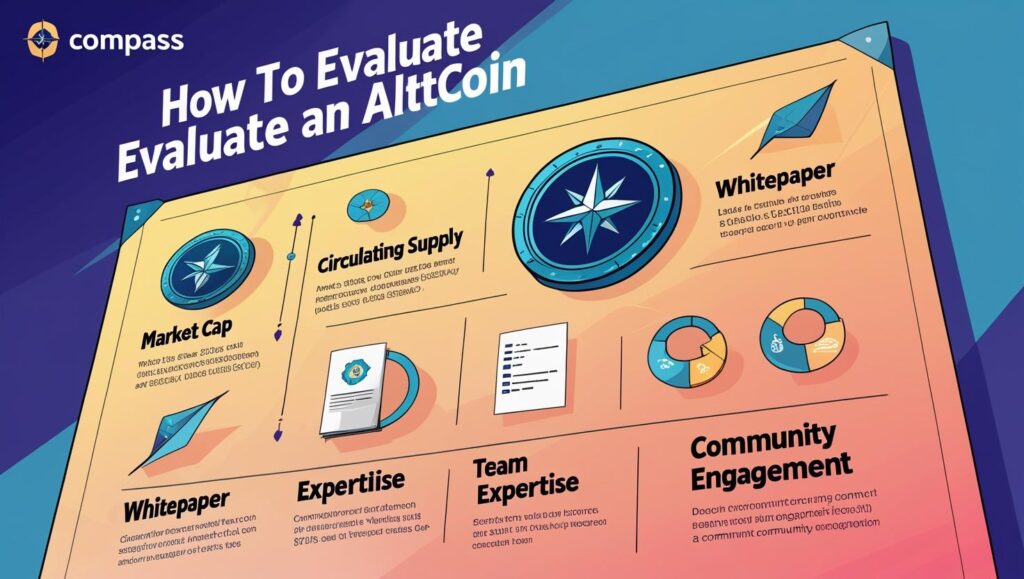
Before jumping into any altcoin, use the “F.A.I.R.” framework:
- Functionality: What problem does it solve?
- Adoption: Is anyone actually using it?
- Innovation: Does the project introduce a unique solution or improve significantly on existing technology?
- Risk: What’s the downside if it fails?
📌 Best Practices for Altcoin Investing
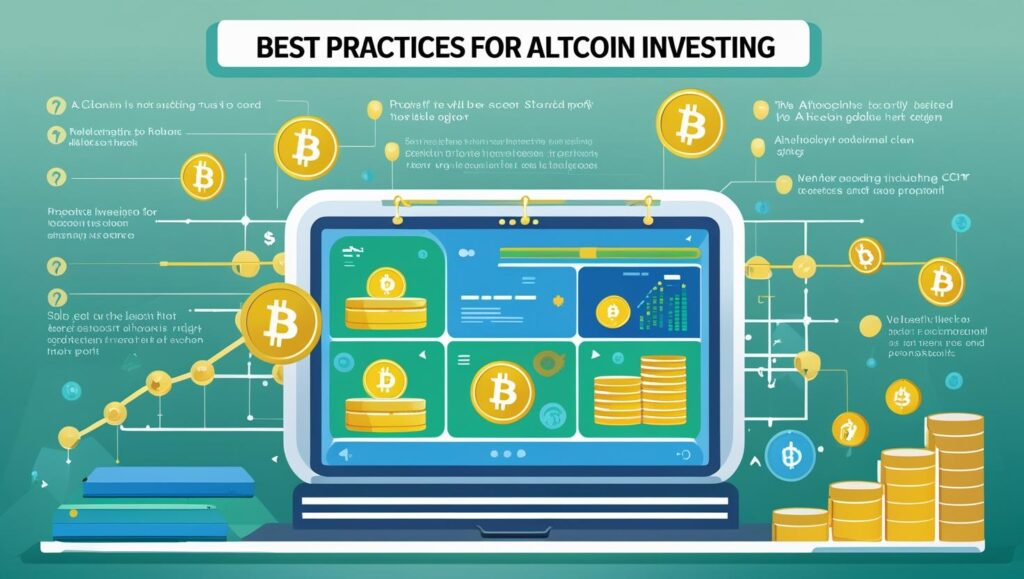
- Never FOMO In — Price spikes are often followed by dumps.
- Use Cold Wallets — Especially for long-term holds.
- Stick to Credible Exchanges — Avoid shady listings.
- Diversify — Don’t go all-in on a single coin or narrative.
- Set Targets — Have clear entry and exit strategies.
🛠 Trusted Tools for Altcoin Research
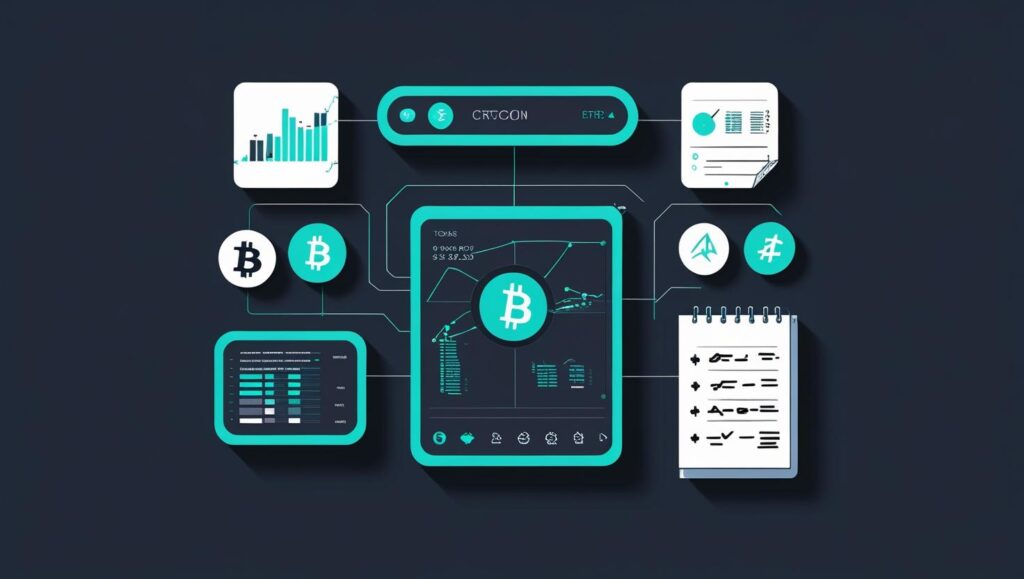
- TokenUnlocks.com – Track vesting and emissions.
- DeFiLlama.com – Explore real-time DeFi TVL.
- CryptoSlate & Messari – Deep-dive reports on altcoin projects.
- Dune.xyz – Visualize on-chain data like a pro.
✅ Final Thoughts
In 2025, altcoins are no longer sidekicks to Bitcoin — they’re the innovators, the risk-takers, and the ones building real utility into blockchain tech.
From powering decentralized economies to enabling AI-driven ecosystems, altcoins are where the real disruption is happening. But with innovation comes uncertainty. Always DYOR (Do Your Own Research), stay up to date, and remember that education beats speculation in the long run.

